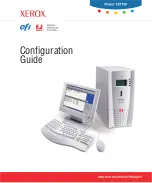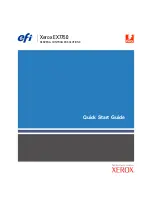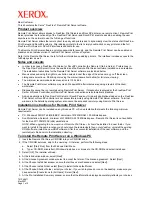
164
device:
A component attached to the computer. Internal devices are mounted on the
chassis. External devices are connected to the computer via a port.
device driver:
A program that controls the operation of a specific device such as the
screen, CD-ROM drive, or printer. The operating system loads many device
drivers when you turn the computer on.
diagnostic tools:
Tools used to help solve installation and configuration problems. The
Toshiba Server Setup Tool and System Setup Utility
are examples of
diagnostic tools.
dialog box:
(1) A box requesting information. Typically it contains a combination of
buttons, lists, and text-entry boxes. (2) A box containing a message. It may tell
you that a process has completed successfully. Alternatively, it may be a
warning that the computer cannot do what you asked or that obeying your
instructions may destroy data. This second type of dialog box is also called a
message box.
digital:
Data expressed in discrete numerical units according to a predetermined code. In
computing, data are expressed in binary code—an electronic pulse or no
pulse, either “on” or “off.” Voice and video, which usually originate in analog
form, can be converted to digital signals. Voice is converted using pulse code
modulation (PCM) to 64 Kbps.
digital signal processor (DSP): A chip designed for high-speed data manipulation and
widely used in communications and data control applications. Sound boards
use DSPs to handle various sound formats and filters. Modems use DSPs to
handle modulation protocols.
DIMM:
Dual Inline Memory Module. A unit of RAM used for memory expansion.
DIP switch:
A set of tiny toggle switches built into a dual in-line package, which is
mounted directly on a circuit board. The switches may be rocker-style or
sliders. In both cases, the tip of a pen or pencil is required to flip the switch on
or off.
















































